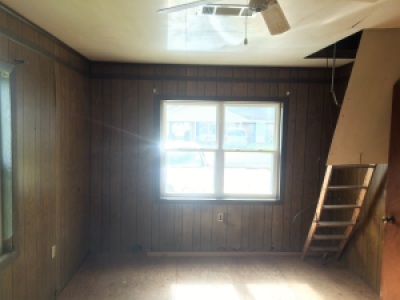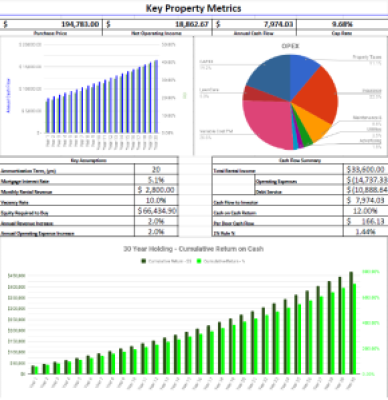
This week I am going to go over how you can be protected by contingency clauses in your purchase agreement contract, specifically from an investment perspective.
Purchase Agreement Loopholes
When you sign a standard real estate purchase agreement, you have the option to include contingencies, to protect you and allow you to get out of the agreement. You can include a financing contingency, (if you need to get approved for financing), a title contingency, (in the event the title is not “clear”, in merchantable condition, and the seller cannot remedy it), sale of another property, appraisal price being equal to or greater than the sale price, no issues found during an inspection period, or pretty much any other contingency you would like to include.
The key thing to remember is that the seller has to accept these contingencies. The specific ones listed above are standard contingencies and sellers are used to seeing them. As a real estate investor, you should know that the number of contingencies could possibly affect the seller’s decision to accept your offer if there is a similar offer for the property with less contingencies.
The main contingencies to include are the inspection period and clear title.
You should have your financing in place already, to make the deal go smoothly. This can be personal cash, private money, hard money, or being pre-qualified for a loan from a traditional lending institution.
In selecting your properties, you should have a pretty good idea of the market value of the property and in pursuing the target property, have negotiated a sale price that is discounted from market price, allowing you to cover expenses and cash flow.
Utilizing a Contingency
A couple of weeks ago, I posted about making an offer on an REO property. I was excited for the opportunity to acquire this property because it was in the same neighborhood as the last property we acquired and had a couple of more amenities.
We were at the point of waiting for the asset manager to respond with the final signed contract so we could start the inspection period. We waited and waited…but did not hear anything for a whole week.
We were told to expect up to a seven day wait for a response, but when we finally did get a response on the ninth day after we submitted contract signatures, the asset manager had signed the contract two days after we submitted it. This left us with approximately two and a half days for inspections, title search, etc., and late on a Friday morning. There was no way we would have been able to get the title search completed at that point.
We exercised the contingency and canceled the contract.
Because of issues like this, I am glad I had the option to exit the deal. Some investors may not worry about the title, but I do. I have run into title issues in the past that made it hard for me to sell a property, so I wanted to be sure that the title was clear. Especially with the property being an REO property.
With it having been through a Sheriff’s Sale, the title “should” be cleared of all liens, but if a lienholder was not notified that the property was going up for Sheriff’s Sale, then their lien is still in effect.
I could have run the title search before getting confirmation that we had a contract in place but did not want to spend $500 and not be able to get the property under contract.
So, on with the property search!
Oh, if you are in the Houma/Thibodaux area and have property you need to sell, get in touch with me.
And, as always, let me know what you think in the comments. Ask questions, tell your story.
If you like my posts, please share them with others and subscribe to this blog.





























